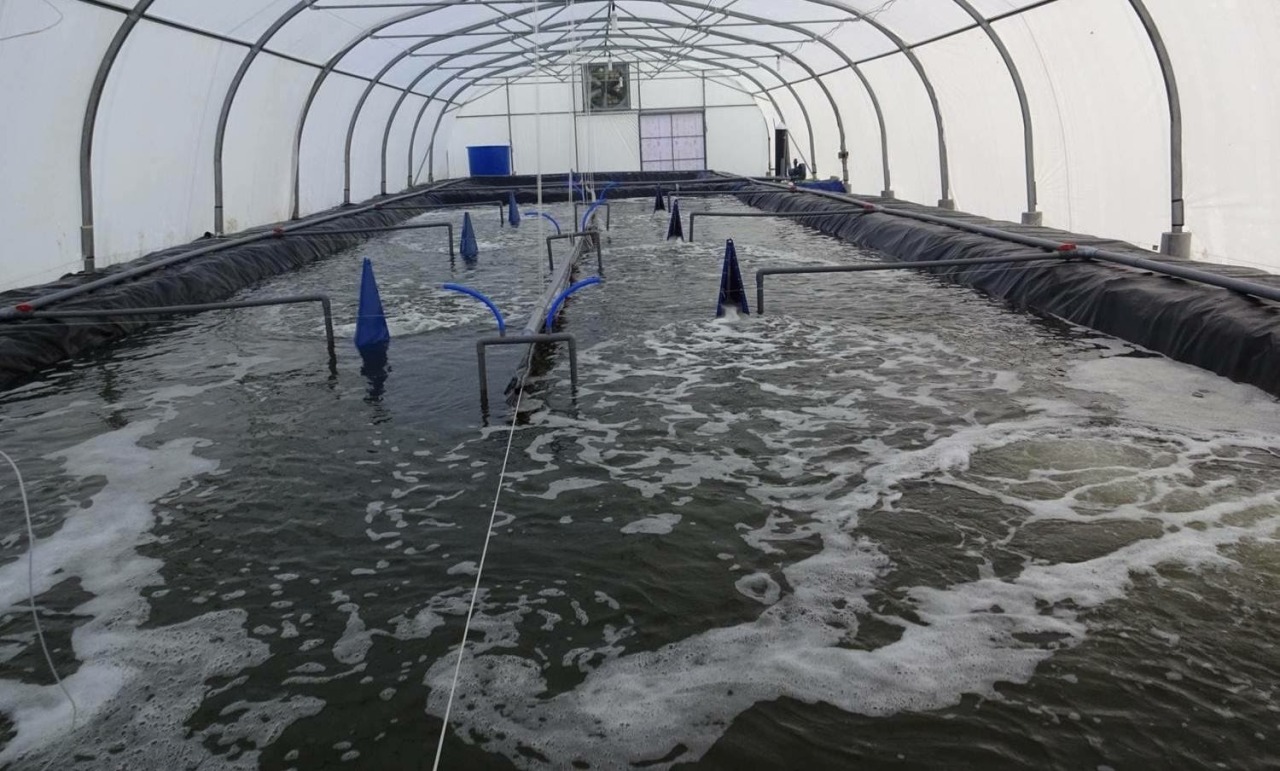
This study aimed to determine the suitable salinity for the development and formation of biofloc in fertilized ponds. The experiment was conducted at four different salinities (35, 60, 80 and 100 ppt) with 3 replicates per treatment and lasted for 21 days. Earthen ponds with area of 150 m2, water column of 30 cm were fertilized with chicken manure together tapioca to maintain the C:N ratio of ≥ 10. Results showed that the environmental factors (temperature, dissolved oxygen, pH) were suitable for the formation and development of biofloc. The C:N ratio ranges from 5 to 9. The TOC content at 35 ppt (20.21 to 50.5 mg/L) was less than at higher salinity (40 to 74.89 mg/L). The mean value of TSS and VSS were 20 to 670 mg/L and 7 to 126.6 mg/L, respectively and there was no significant difference among the treatments at day 18 and 21 (p>0.05). Total bacteria counts reached highest number at day 15 (4.1 log CFU/ml), the maximum volume of biofloc ranged from 0.4 to 0.5 ml and no significant difference among treatments (p>0.05). Vibrio, Bacillus, Nitrosomonas and Nitrobacter were found in all salinities, in which Bacillus presented with highest proportion. The ratio of un-known bacteria at salinity ≥ 60 ppt were very high (63-100%). At high salinity (80-100 ppt), floc size was smaller (32.5 - 61.5 µm wide; 61.3 - 97.9 µm long) than at low salinity (52,3 - 71.0 µm wide; 76.7 - 105.3 µm long). Proximate compositions analysis showed the low proportions of protein (8.5 to 17.4%) and lipid (0.65 to 1.08%), whereas ash content was very high (67.1 to 86.4%).
Source: thuysan247



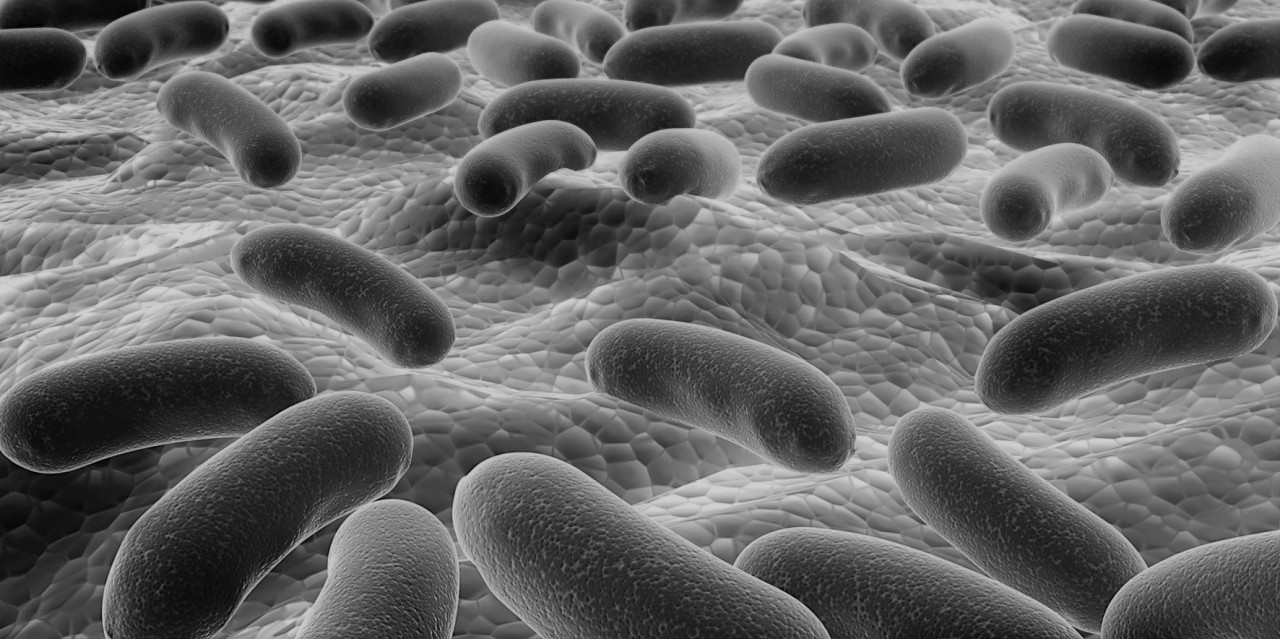
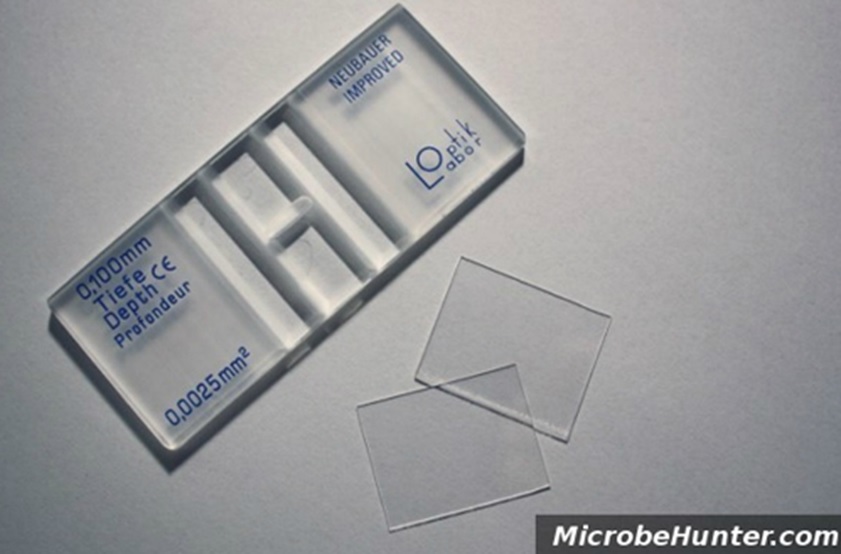
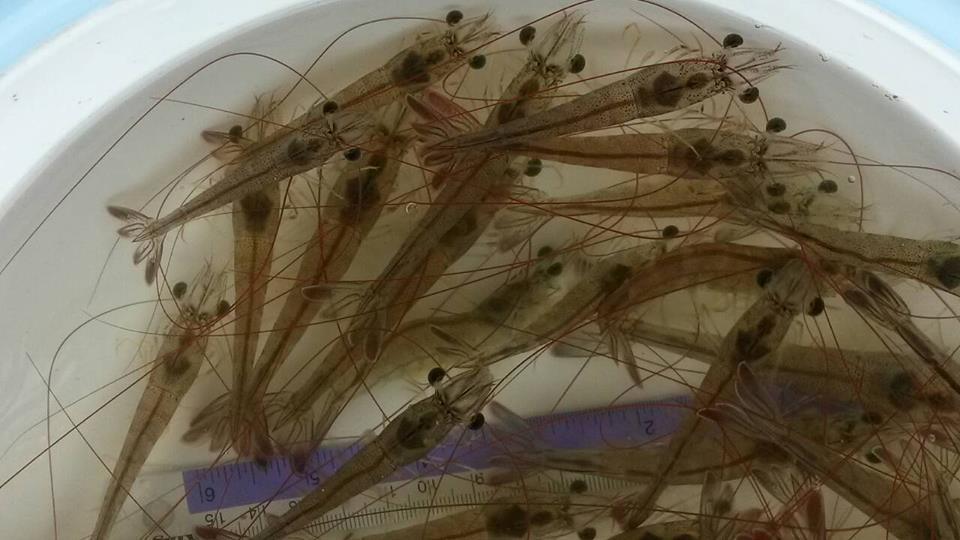
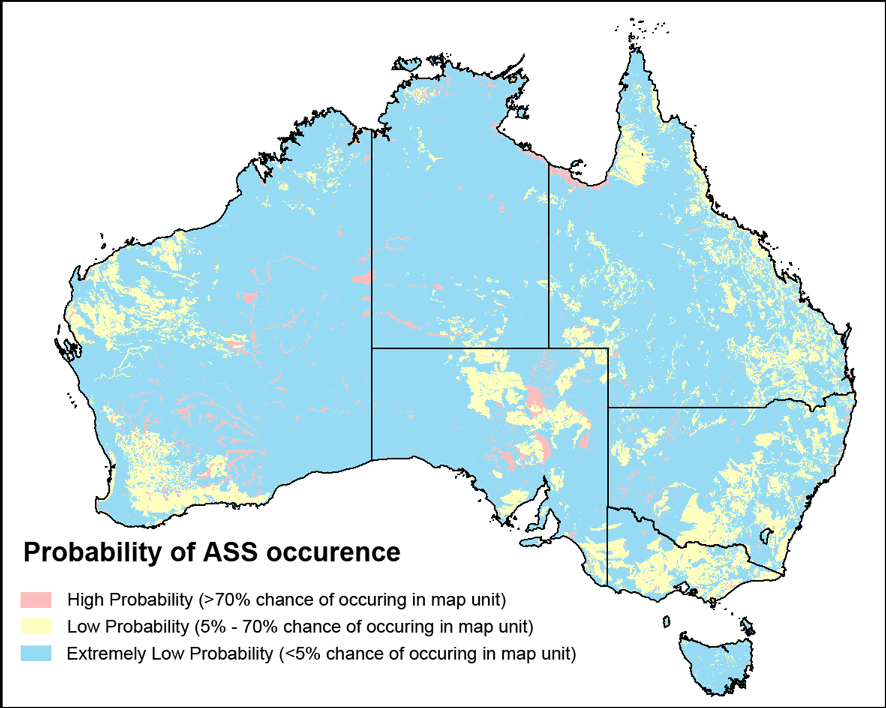


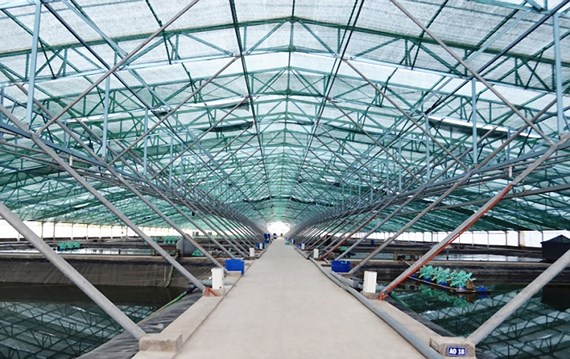

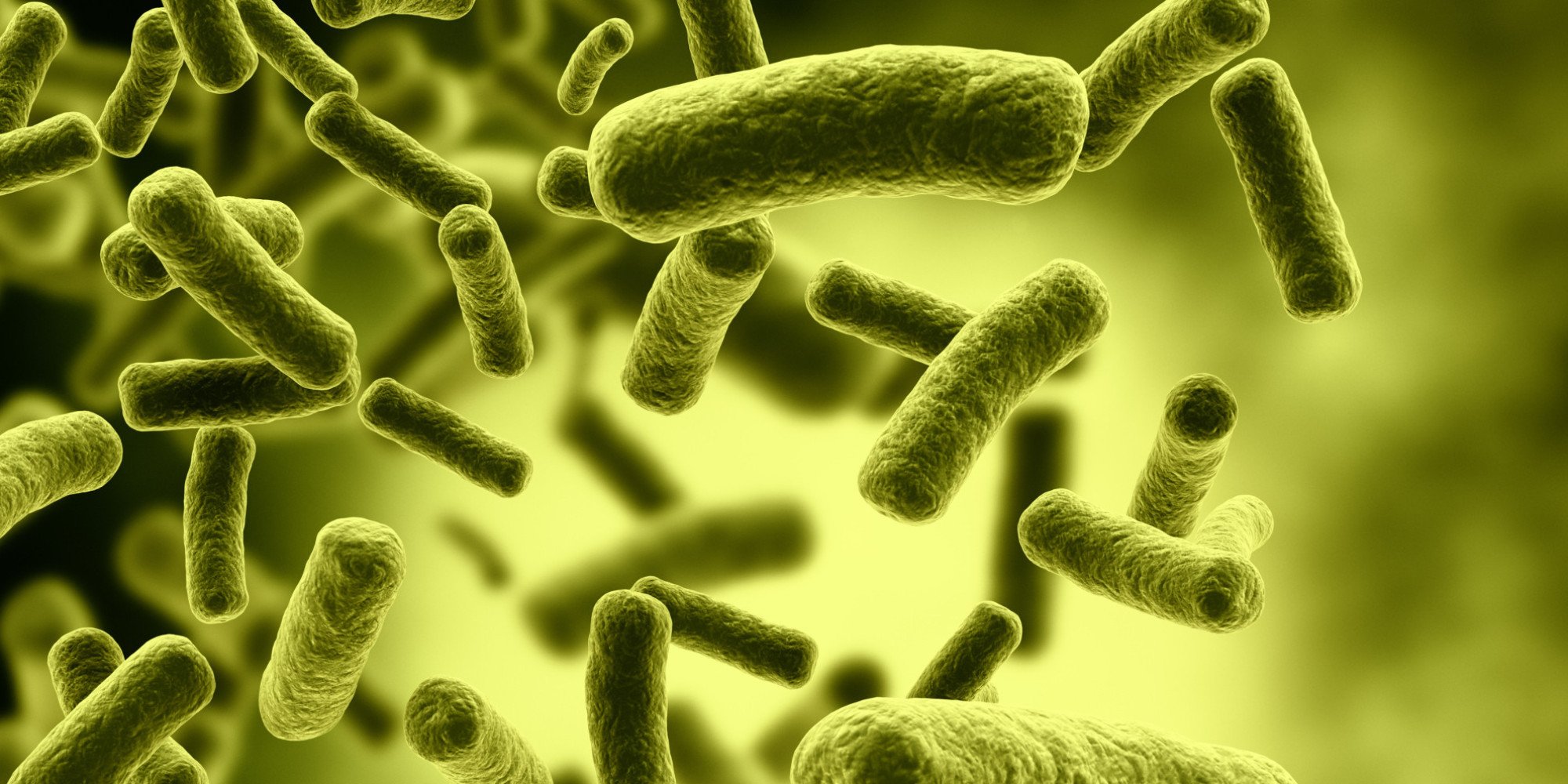
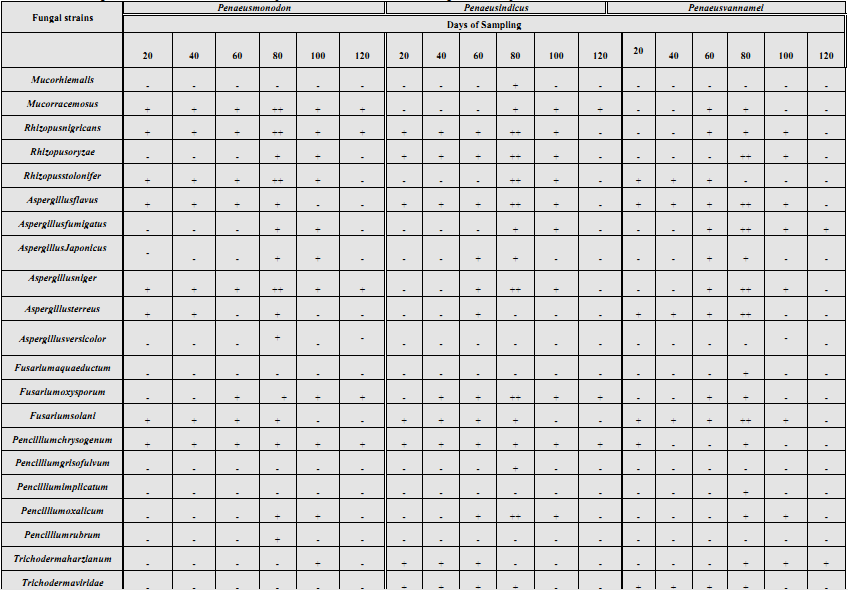
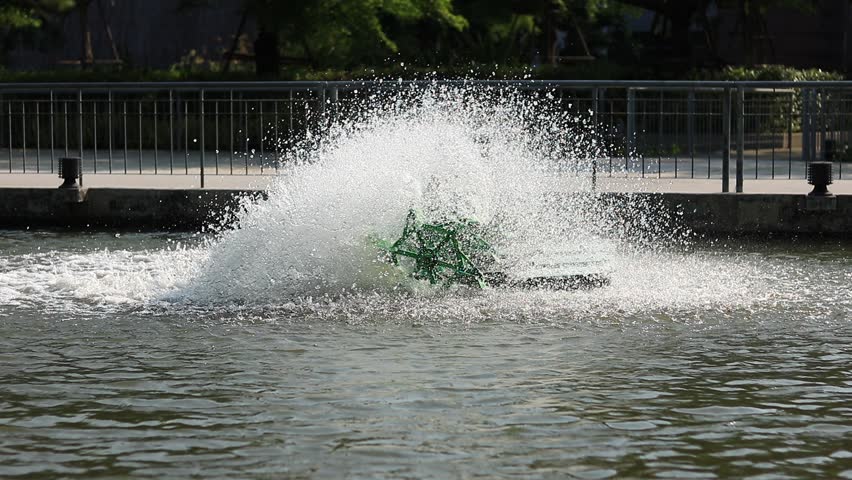
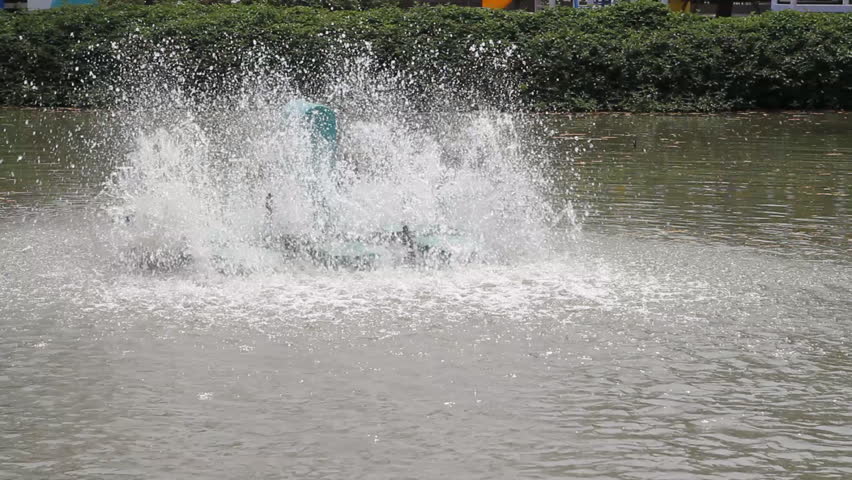
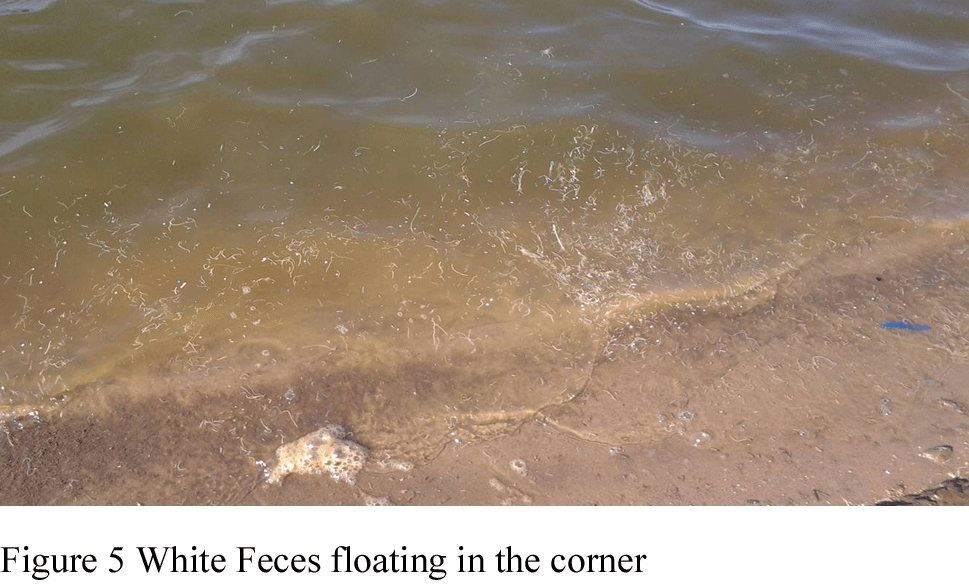
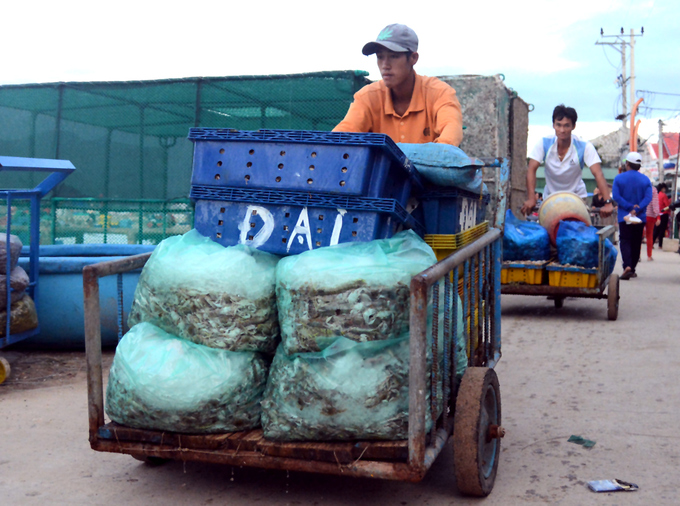

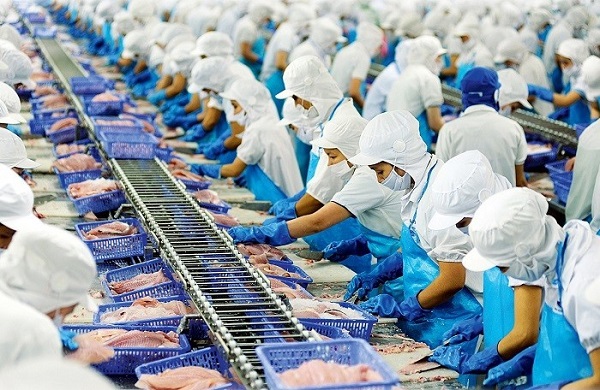

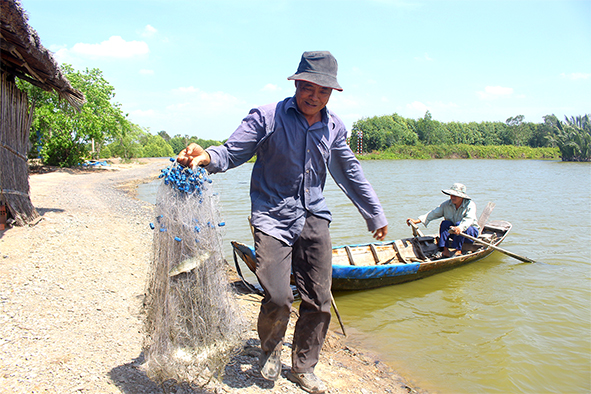
Bình luận bài viết